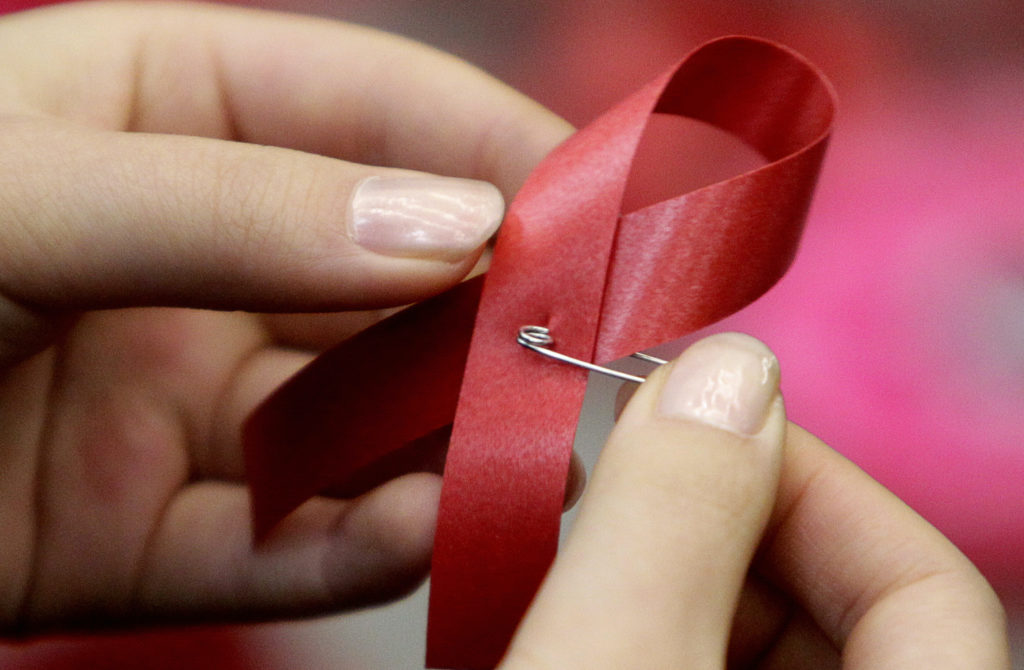William Brangham:
In the 1980s and early ’90s, the AIDS epidemic was marked by two kinds of images. One, we saw in public, activists taking to the streets demanding not only action, but basic recognition that AIDS was real. President Reagan’s administration often ignored the crisis. Reagan himself didn’t publicly mention it for years.
But the other was in private, in homes and in hospitals, patients, many of them gay men, wasting away from AIDS. The LGBTQ community lost a staggering number of friends and loved ones to the virus. With no medications or vaccine, contracting HIV back then was often a death sentence, a sentence shrouded with a thick blanket of stigma and denial.
By the late ’80s and early ’90s, some small improvements. As well-known Americans tested positive and came forward, attitudes began to shift. And then in the late 1980s came the first antiretroviral drugs to treat HIV infection. A decade later, combination of drugs proved the virus could not just be slowed, but suppressed.
This huge shift meant people could survive, with HIV becoming a chronic, but not fatal condition. But, for years, those drugs were expensive and not available to people in sub-Saharan Africa. Millions died before new programs were launched to make those drugs more affordable and more widely available.
Salim Abdool Karim runs one of South Africa’s leading HIV research centers.













































